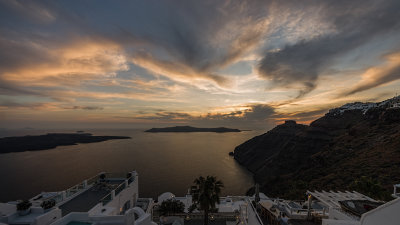Federico Nov
Well-known member
- Messages
- 230
- Reaction score
- 37
Hi guys!!!
I always shoot RAW + High quality JPG
I generally follow this flow to convert my images:
NEF -- via Adobe dng converter --> DNG -- via Photoshop --> PSD --> via Photoshop --> TIF or JPG
When the file first open in Camera Raw 4.6 i just keep it "as shot" and then I open it straight with Photoshop for editing. I also tried with "Reset Camera Raw Defaults" but nothing change.
I noticed a difference between the JPG straight out of Camera and The Edited JPG.
So I tried other flows
NEF -- via View NX 2 Coverter --> TIF --> via Photoshop --> PSD --> via Photoshop -- JPG
And I had no changing in the final result... I mean... The JPG straight out of Camera is exactly the same as the JPG out of this last flow.
So the problem is not Photoshop and the convertion to PSD but DNG converter...
Why?
I always shoot RAW + High quality JPG
I generally follow this flow to convert my images:
NEF -- via Adobe dng converter --> DNG -- via Photoshop --> PSD --> via Photoshop --> TIF or JPG
When the file first open in Camera Raw 4.6 i just keep it "as shot" and then I open it straight with Photoshop for editing. I also tried with "Reset Camera Raw Defaults" but nothing change.
I noticed a difference between the JPG straight out of Camera and The Edited JPG.
So I tried other flows
NEF -- via View NX 2 Coverter --> TIF --> via Photoshop --> PSD --> via Photoshop -- JPG
And I had no changing in the final result... I mean... The JPG straight out of Camera is exactly the same as the JPG out of this last flow.
So the problem is not Photoshop and the convertion to PSD but DNG converter...
Why?
Last edited:










